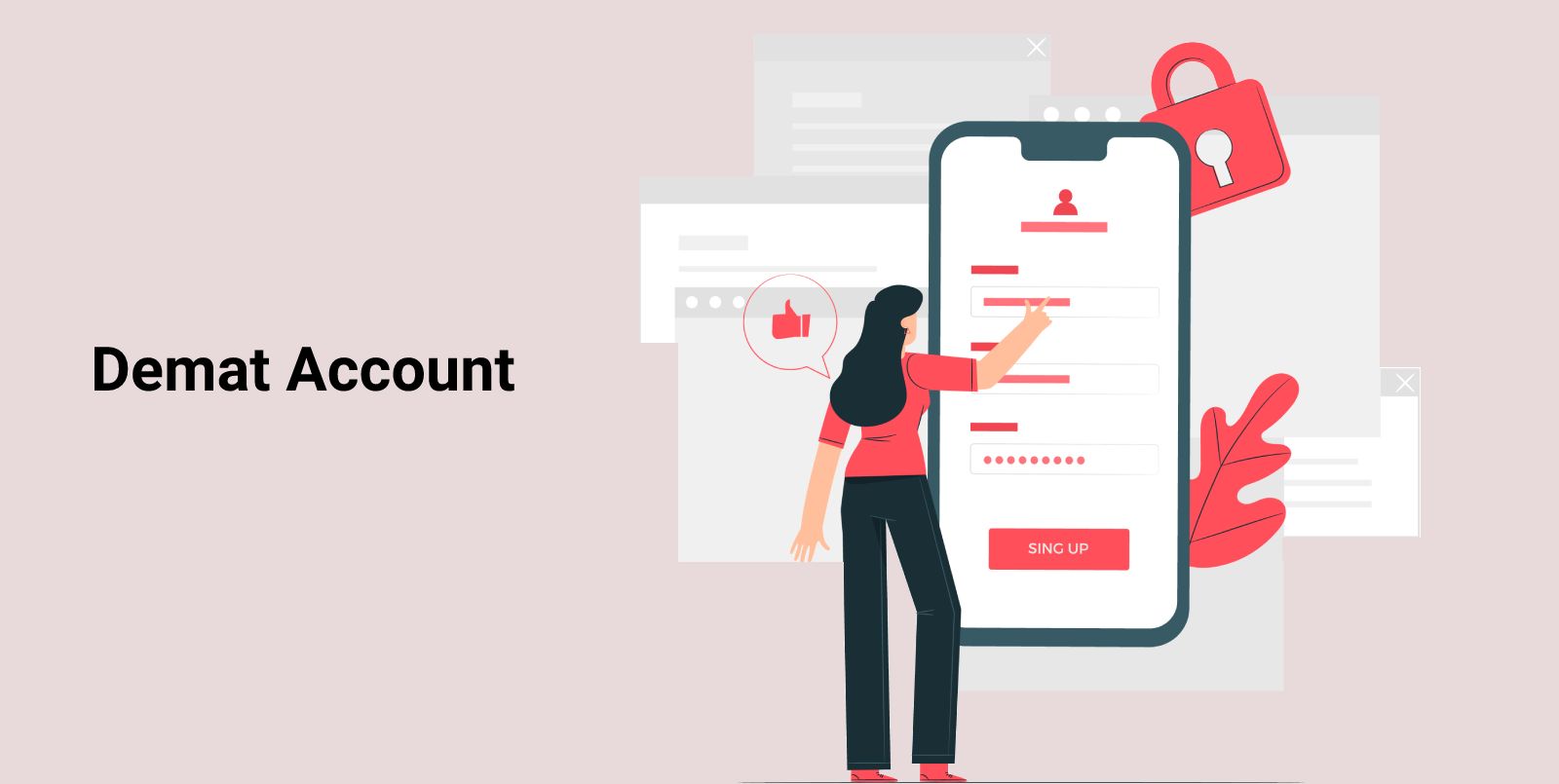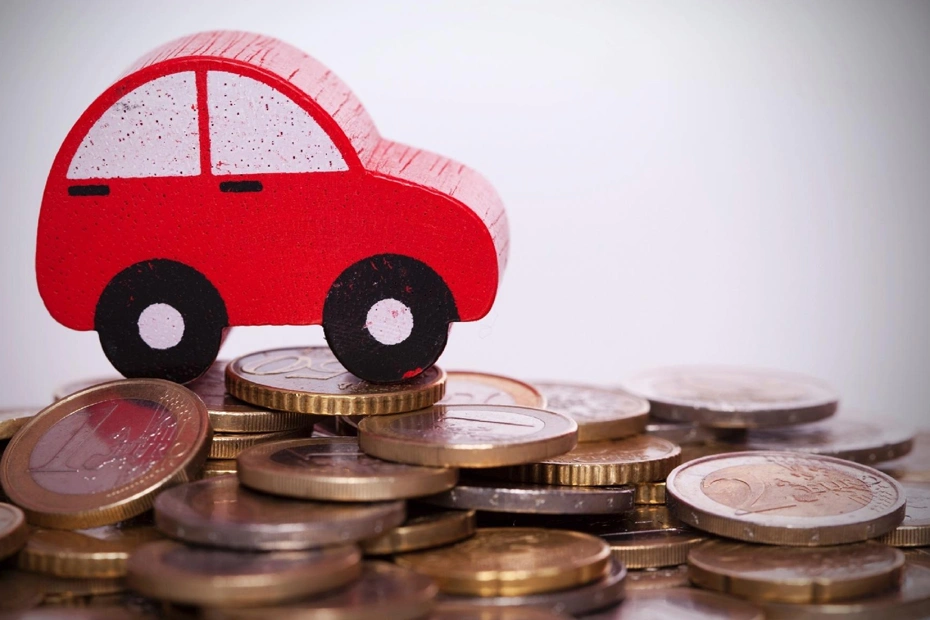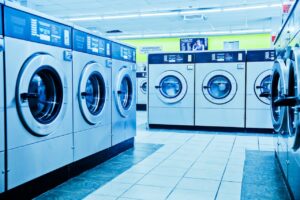Kavan Choksi Japan Discusses the Causes of Inflation
Inflation occurs when the items or services that consumers regularly buy increase over a sustained period of time. Inflation impacts services like medical hair and haircuts to goods like appliances and furniture. As per Kavan Choksi Japan, inflation does not take place overnight. It also does not happen when the cost of one particular product increases.
Kavan Choksi Japan provides insight into some of the causes of inflation
Prices rise throughout the U.S. economy every year. A little bit of inflation is considered to be a sign of a healthy economy. It can help ensure that businesses are able to hire more employees and that the pay checks of the consumers keep growing. Fed officials target a 2 % annual inflation rate. Economists broadly lump the causes of inflation into two categories, demand-pull and cost-push inflation. However, there are other forces that do not clearly fit into any of the two categories but contribute to inflation. In fact, inflationary forces can intersect, like it did subsequent to the Covid-19 pandemic, and create a price problem that is complex to solve.
Cost-push inflation: Cost-push inflation takes place as prices increase because production is more costly, either due to higher wages or material prices. Companies often pass along these higher expenses by raising the prices of products or services, which ultimately cycles back into the cost of living. For instance, as the cost of lumber goes up, more expensive energy or electricity bills become. Post-pandemic, higher food expenses forced builders, factories and restaurants to raise prices.
Demand-pull inflation: Demand-pull inflation takes place when the consumers tend to have a resilient interest in a service or good. This demand can result from multiple factors, like low interest rates, strong consumer demand and low jobless rates. Companies however are not always able to keep up with that robust demand, which eventually leads to product shortages and price surges. For instance, the huge pent-up demand and a stockpile of savings thanks to the Covid-19 induced lockdown help push up the process of various experiences consumers were deprived of like concerts, dining out, sporting events and travel.
Expectations for higher inflation: Just the mere expectation of higher prices can at times end up being a bad prophecy. In case consumers expect the process to go up, there is a good chance that they may end up panic buying or demand higher wages. These two forces combined may create the very phenomenon consumers were worried about. In case people think inflation is high, prices are going to continue to rise. HR executives setting wages at a company may set wages as per their expectations about much prices are going to increase next year. As wages go up, then the same thing happens with varied businesses, they all start raising their prices. For instance, as consumers tried to catch up to the massive burst in post-pandemic prices, they considered higher pay to be the most important quality in their employment moving forward
As per Kavan Choksi Japan, to understand the broader inflationary landscape, economists typically monitor year-over-year changes in the overall price index to filter out temporary fluctuations and seasonal factors. They also examine three- and six-month moving averages to highlight recent trend.













Post Comment